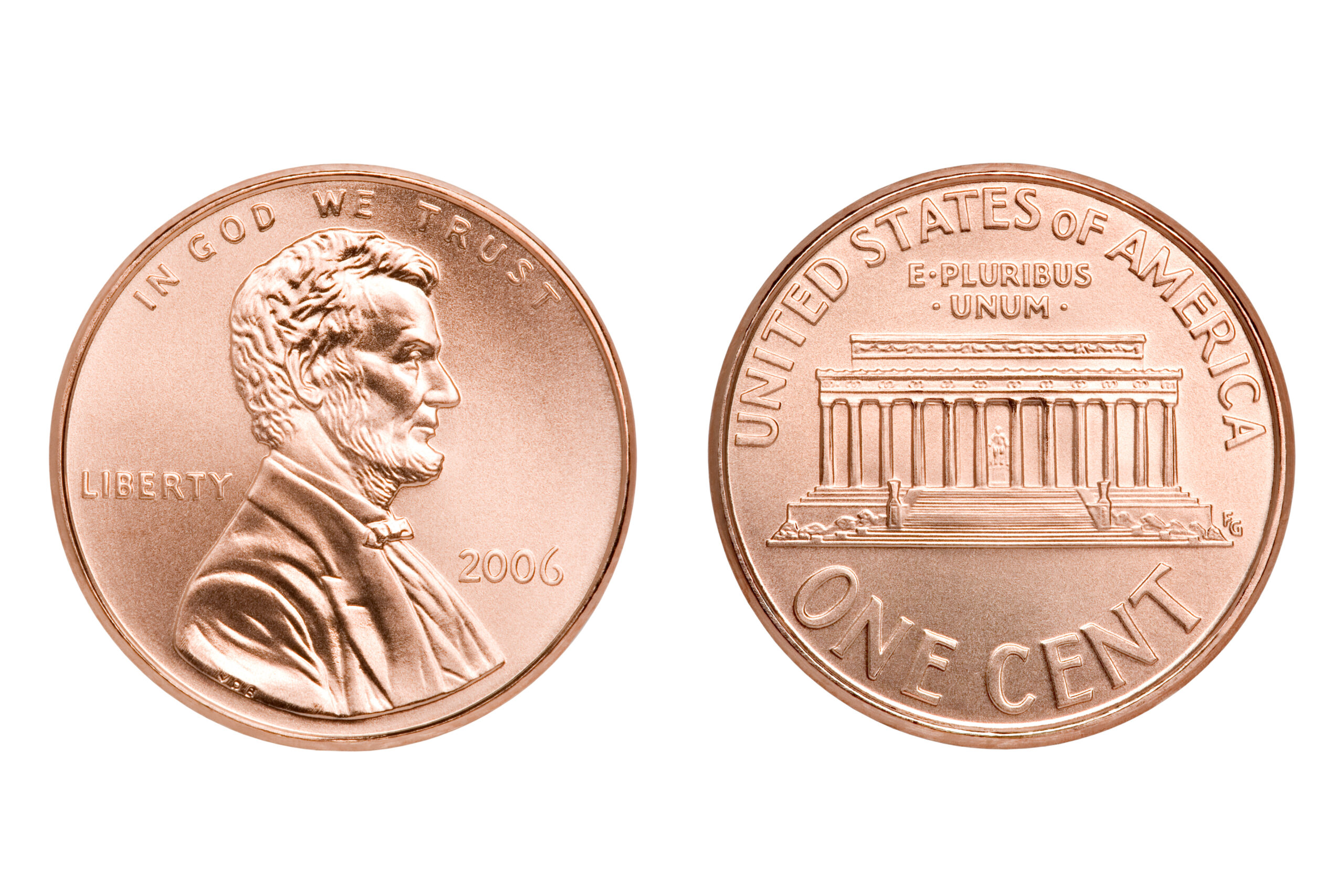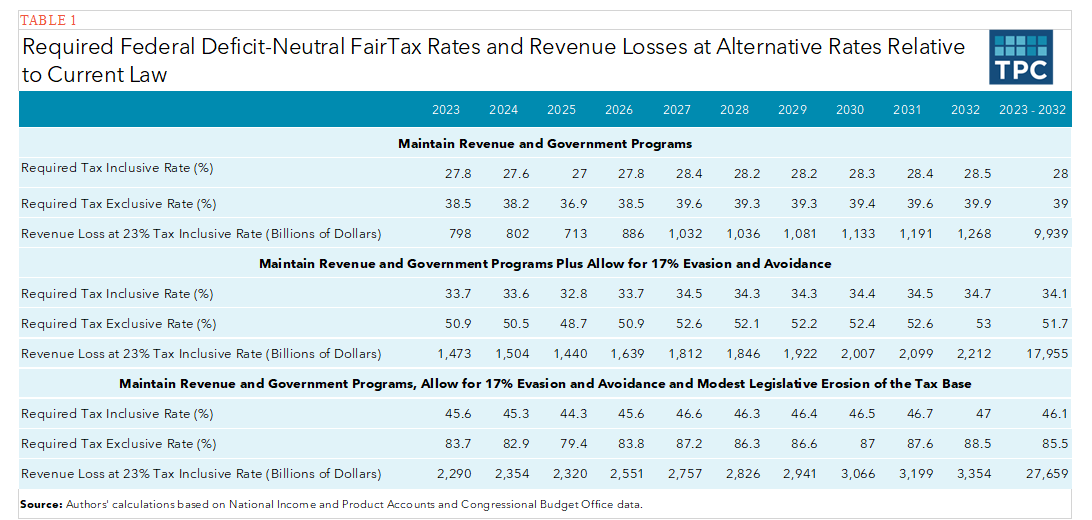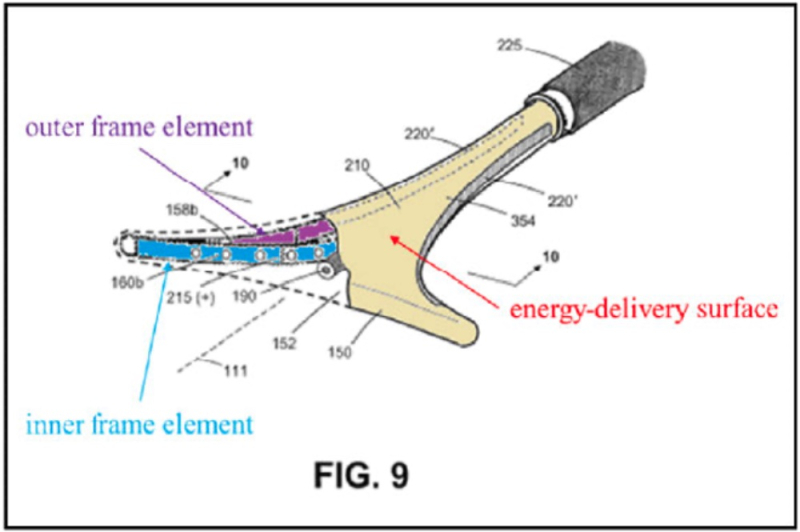Avery Dennison Asks SCOTUS to Step in on Flip Side of Eligibility Debacle
“Balancing the perspectives on the Federal Circuit’s deeply divided jurisprudence would facilitate this Court’s consideration of these profoundly important issues.” – Avery Dennison petition
A manufacturer of Radio Frequency Identification Device transponders (RFIDs), Avery Dennison Corporation, yesterday petitioned the U.S. Supreme Court to grant certiorari in its appeal of a decision upholding ADASA, Inc.’s patent for RFID technology as patent eligible.
Avery Dennison is urging the Court to take up the case, which it says “illustrates the depths of the Federal Circuit’s division” and represents “the other side of the coin” in the eligibility debate, in order to balance competing perspectives. While past and present petitions to the Court on eligibility have traditionally focused on uncertainty due to the U.S. Court of Appeals for the Federal Circuit’s (CAFC’s) too-narrow view of the law and tendency to invalidate patents under Section 101, Avery Dennison’s petition takes the view that the Federal Circuit’s reading of 101 is too broad.
“Balancing the perspectives on the Federal Circuit’s deeply divided jurisprudence would facilitate this Court’s consideration of these profoundly important issues,” says the petition. It adds: “Unless it rounds out the equation by granting plenary review in a case like this, the Court risks sending the message that operative concerns point only one way, towards lowering the established threshold under Section 101.”
CAFC Analysis
In December 2022, the CAFC affirmed a district court’s grant of summary judgment to ADASA that claim 1 of its U.S. Patent No. 9,798,967 was patent eligible under Section 101. The court said that claim 1 is “directed to a specific, hardware-based RFID serial number data structure designed to enable technological improvements to the commissioning process.”
Claim 1 reads as follows:
-
- An RFID transponder comprising:
a substrate;
an antenna structure formed on the substrate; and
an RFID integrated circuit chip which is electrically coupled to the antenna structure,
wherein the RFID integrated circuit chip is encoded with a unique object number, the unique object number comprising an object class information space and a unique serial number space,
wherein the unique serial number space is encoded with one serial number instance from an allocated block of serial numbers, the allocated block being assigned a limited number of most significant bits, and
wherein the unique serial number space comprises the limited number of most significant bits corresponding to the allocated block and remaining bits of lesser significance that together comprise the one serial number instance.
The panel rejected Avery Dennison’s arguments that the claim merely mentally ascribes meaning to a pre-existing data field, and cited prior cases, such as Enfish, LLC v. Microsoft Corp and Uniloc USA, Inc. v. LG Elecs. USA, Inc., to bolster its position, maintaining that those cases held similar claims eligible.
The CAFC did, however, reverse the district court’s finding that the the claim was valid under sections 102 and 103 and remanded for further proceedings.
The Petition
Avery Dennison’s petition contends that the CAFC’s decision “markedly departs” from the Supreme Court’s teaching that “abstract ideas are not patentable.” The claim at issue blatantly violates this tenet of patent law, says the petition, as it “sought a patent monopoly over the simple concept of treating one long serial number as the combination of two shorter numbers, and then directing that blocks of RFID tags all start with the same shorter number.” The court erred, according to the petition, in its finding that the claim “is directed to a specific, hardware-based RFID serial number data structure designed to enable technological improvements to the commissioning process.”
The Federal Circuit fell into several familiar traps that have arisen with respect to eligibility jurisprudence, says the petition, such as focusing too much on the claim’s reference to a “data structure”; suggesting that the term “hardware-based” somehow makes the claim less abstract; and determining that the technological improvement resulting from the claim makes it patent-eligible. “That reasoning misunderstands the eligibility inquiry,” says the petition. “Every invention that receives a patent must be ‘useful.’… But not every useful claim is eligible for a patent.”
What the CAFC’s decision ultimately underscores is that the Federal Circuit is struggling to apply Section 101 law across the board, adds the petition. In PersonalWeb Techs. LLC v. Google LLC, for example, the court said exactly the opposite of what it ruled here, concluding that “’dividing … data into sequences of bits’ is ‘a telltale sign of abstraction’ and thus unpatentability.” The petition highlights the court’s lack of uniformity in this area of law, which has led to a “panel-dependent” approach that even the court’s own judges have pled for clarity on from the High Court. “Taken together, the Federal Circuit’s statements amount to a ‘unanimous’ and ‘unprecedented plea for guidance,’” says the petition.
Other Eligibility Cases
The Supreme Court is currently considering petitions in two other eligibility cases: Tropp v. Travel Sentry, Inc. and Interactive Wearables v. Polar Electric Oy. The Court has invited the views of the Solicitor General in both cases. Avery Dennison is asking the Court to, at a minimum, hold its petition pending review of those cases, should the petitions be granted.
Image Source: Deposit Photos
Image ID: 25120847
Author: alptraum
Eileen McDermott
Eileen McDermott is the Editor-in-Chief of IPWatchdog.com. Eileen is a veteran IP and legal journalist, and no stranger to the intellectual property world, having held editorial and managerial positions at […see more]







